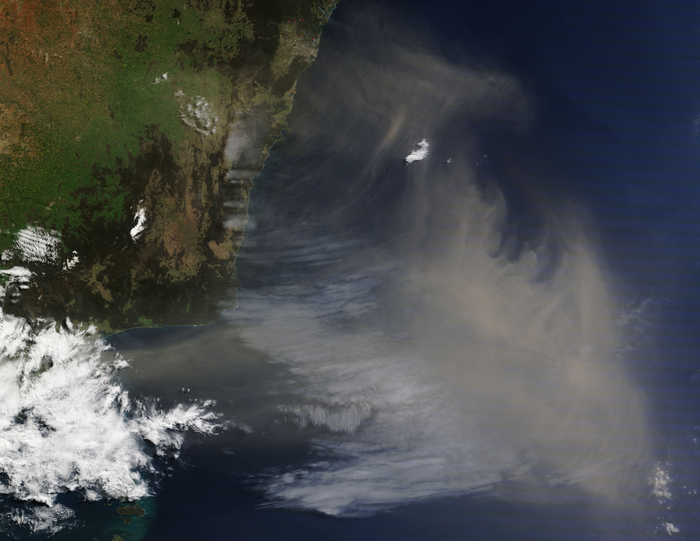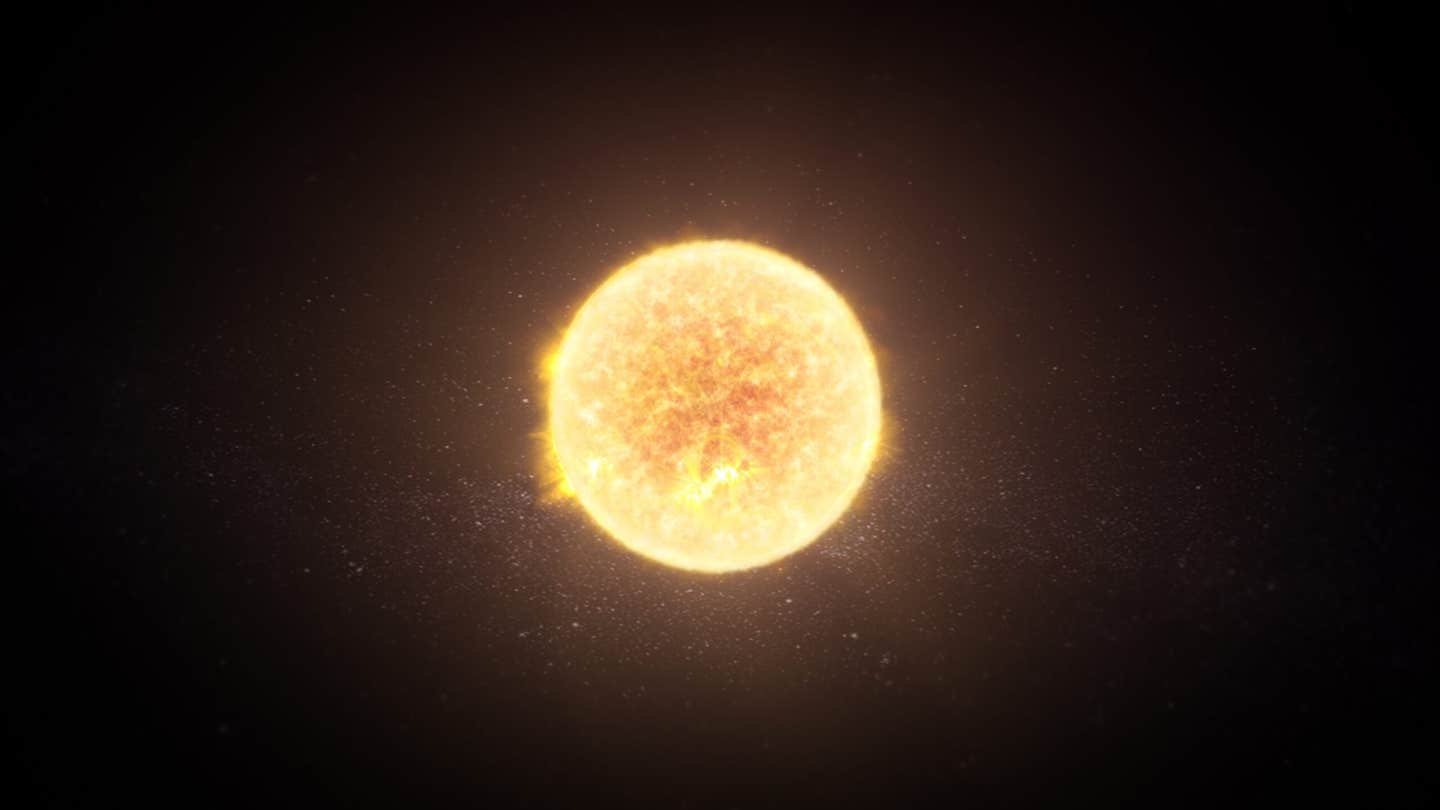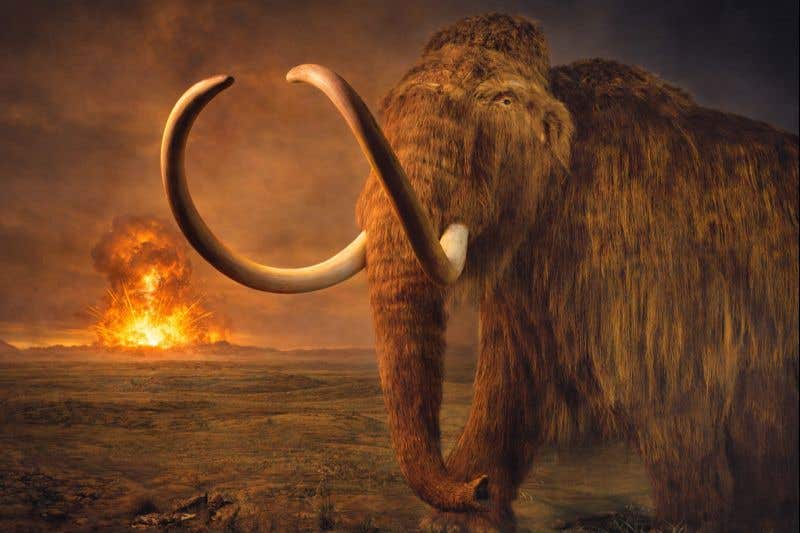Atmospheric dust has a major impact on the health of our global oceans
For the first time, researchers have demonstrated the significant impact of dust deposition on global ocean ecosystems and CO2 levels.

[May 6, 2023: Staff Writer, The Brighter Side of News]
Australia dust. (CREDIT: NASA Earth Observatory)
For the first time, researchers have demonstrated the significant impact of dust deposition on global ocean ecosystems and atmospheric carbon dioxide levels. Led by Oregon State University scientist Toby Westberry, the team published their findings in the journal Science.
The research highlights the importance of dust as a source of key nutrients for phytoplankton, which serve as the foundation of the marine food web and play a pivotal role in the Earth's carbon cycle.
Phytoplankton, plantlike organisms inhabiting the ocean's upper layers, rely on dust from land-based sources for essential nutrients. The ocean serves as a critical component in the carbon cycle, as carbon dioxide from the atmosphere dissolves in surface waters, allowing phytoplankton to convert the carbon into organic matter through photosynthesis. This newly formed organic matter then sinks to the deep ocean, where it is stored, through a process known as the biological pump.
The study, which involved scientists from Oregon State, the University of Maryland, Baltimore County (UMBC), and NASA Goddard Space Flight Center, estimates that dust deposition supports 4.5% of the global annual carbon sink.
Related Stories
In certain regions, this contribution can reach up to 20% to 40%. The biological pump's role in removing carbon from the atmosphere and storing it in the deep ocean is crucial for regulating atmospheric carbon dioxide levels, which significantly influence global warming and climate change.
Africa dust on June 18, 2020, NASA-NOAA’s Suomi NPP satellite. (CREDIT: NASA Earth Observatory)
Until now, the understanding of marine ecosystems' response to atmospheric inputs was limited to singularly large events, such as wildfires, volcanic eruptions, and extreme dust storms.
In this study, the researchers examined phytoplankton response to dust inputs on a global scale using satellite data to observe changes in ocean color.
Ocean color imagery reflects phytoplankton abundance and health, with greener waters indicating healthy, abundant populations and bluer waters representing scarce, undernourished phytoplankton.
China dust. (CREDIT: NASA Earth Observatory)
The researchers from UMBC and NASA focused on modeling dust transport and deposition on the ocean surface. Lorraine Remer, research professor at the Goddard Earth Sciences Technology and Research Center II, led by UMBC, explained that determining dust deposition in the ocean is challenging due to the interference of rainstorms during satellite observations. The team used a confirmed NASA global model to overcome this obstacle.
The research revealed that the response of phytoplankton to dust deposition varies by location. In low-latitude ocean regions, dust input predominantly improves phytoplankton health without affecting abundance.
Atmospheric nourishment of global ocean ecosystems. (CREDIT: Science)
In higher-latitude waters, dust deposition leads to both improved health and increased abundance of phytoplankton. This contrast is attributed to differing relationships between phytoplankton and their predators.
In stable, low-latitude environments, the balance between phytoplankton growth and predation is tight, resulting in rapid consumption of new production and immediate transfer up the food chain. Conversely, in higher-latitude regions with constantly changing conditions, the link between phytoplankton and their predators is weaker, allowing dust-stimulated phytoplankton growth to flourish.
Atmospheric nourishment of global ocean ecosystems. (CREDIT: Science)
The research team plans to continue their work using improved modeling tools and advanced satellite data from NASA's upcoming Plankton, Aerosol, Cloud, ocean Ecosystem (PACE) satellite mission, including data collected by the UMBC-designed and -built HARP2 instrument.
Westberry anticipates that the link between the atmosphere and oceans will change as the planet continues to warm, further emphasizing the importance of understanding these complex interactions.
For more green news stories check out our Green Impact section at The Brighter Side of News.
Note: Materials provided above by The Brighter Side of News. Content may be edited for style and length.
Like these kind of feel good stories? Get the Brighter Side of News' newsletter.



